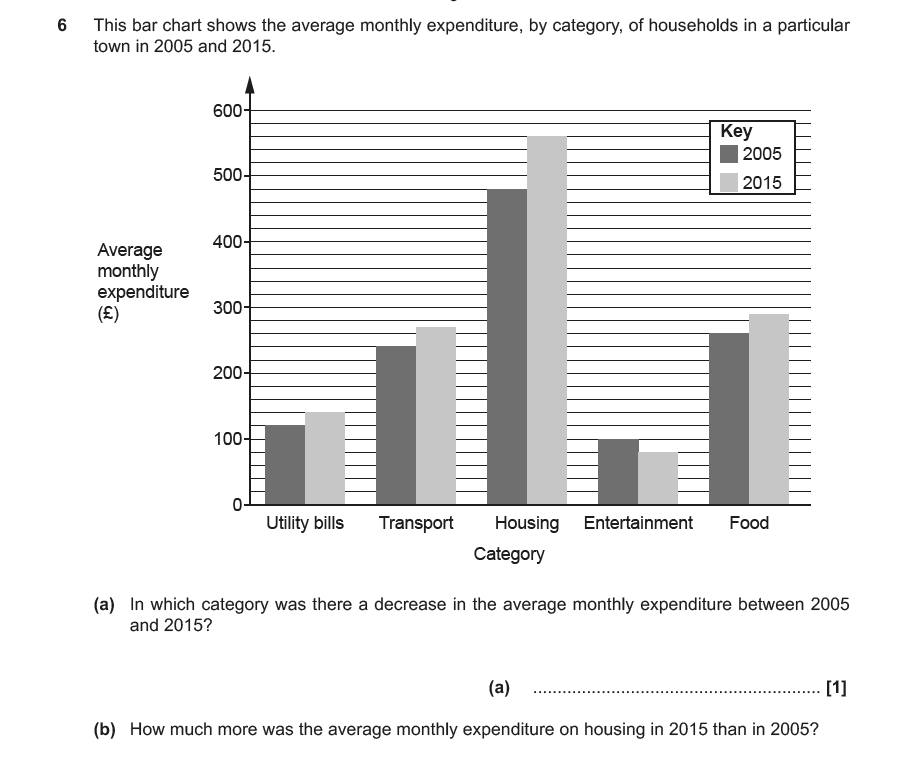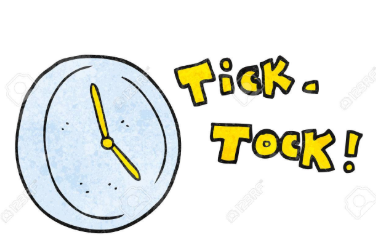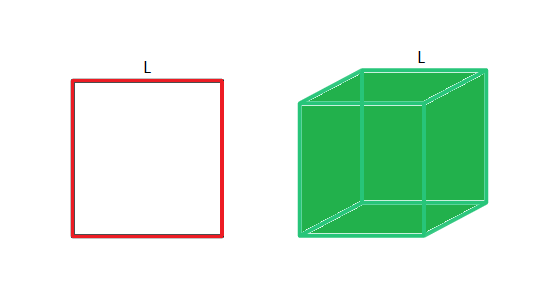My second post on avoiding and correcting errors seems a bit obvious! Its very important to actually read the question. But it doesn’t stop many people, including myself from forgetting this ‘tip’ from time to time!
It’s time to read the question!
I’ll show this by an example from the exam paper I’ve just completed.

The first part I answered correctly – see if you can!
Spot the difference!
Its the second part I am writing about here. Now I know why I made the mistake. I’d tutored students many times before on questions like this – or so I thought – and I wanted to show off!
I read the question as ‘What was the difference in Monthly average expenditure’ between the two years. I have seen students answer this question before – when it was the question asked – by reading off all the data, adding all the numbers together and comparing.
And I usually tipped the more able students that they don’t have to do this. Its quicker to find the difference in each column and add these up. So that is what I did now….
Have you seen this question before? Are you Sure?
Thinking you have seen the question before, like this, is a common reason for misreading – And its an error that is going to effect more able students, or at least ones with a good memory!
But this won’t help when the marks are added up. Its the questions where you think ‘Oh, I know what to do with this one’ that you need to be most careful with, because they are the ones you are more likely to rush into without proper reading
OH, and have you spotted the important detail I missed in the question?
You will see I did too much work, and would have got no credit for it.
If you’d like to see my other post on very basic errors, then follow this link



 In the picture, it looks like the bottle goes ‘through itself’. In the ‘4 dimensions’ this would not be the case. Rather like if we want to get past a wall we step over it, using the third dimension that a creature who knew only two dimensions could not
In the picture, it looks like the bottle goes ‘through itself’. In the ‘4 dimensions’ this would not be the case. Rather like if we want to get past a wall we step over it, using the third dimension that a creature who knew only two dimensions could not
